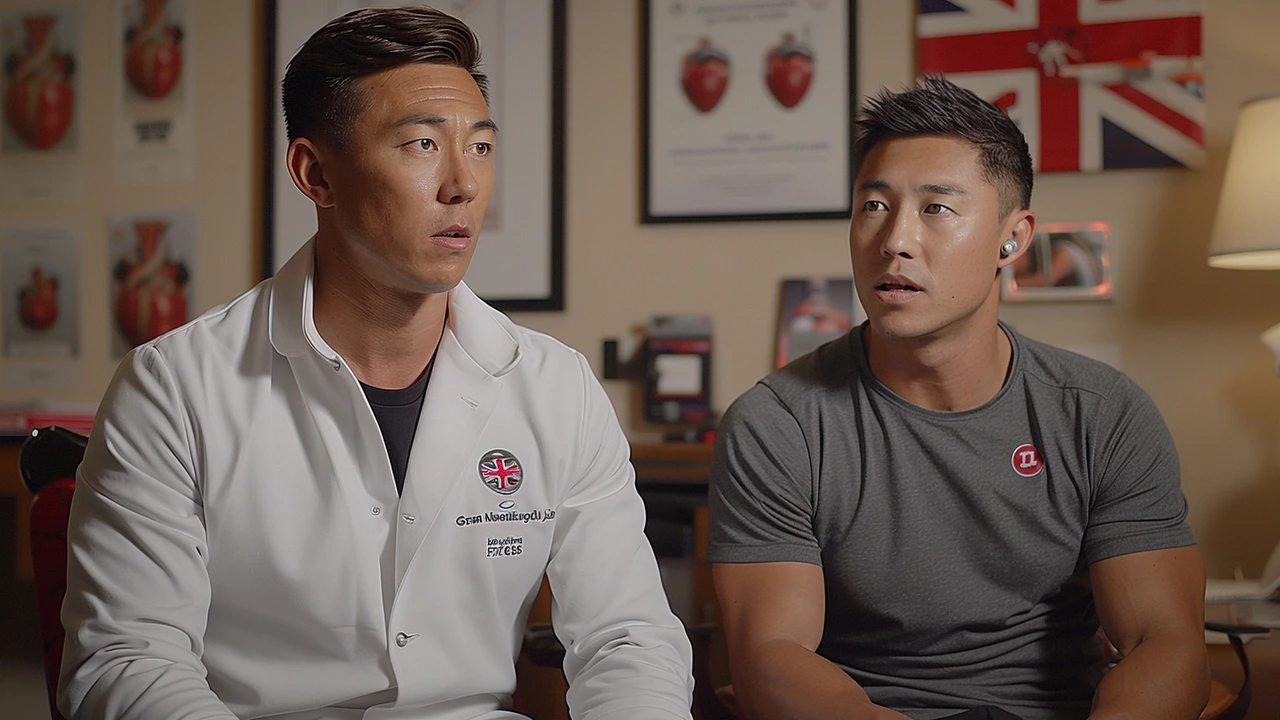Coronary angioplasty: what to expect, risks and recovery
If your cardiologist mentioned coronary angioplasty, you probably have questions. This simple guide explains what the procedure is, why doctors do it, what happens during and after, and practical tips to speed recovery. Read this before your appointment so you’ll know which questions to ask.
What is coronary angioplasty and why you might need it
Coronary angioplasty — also called percutaneous coronary intervention (PCI) — opens blocked arteries that feed the heart. When plaque narrows a coronary artery, blood flow drops. That can cause chest pain (angina) or a heart attack. During angioplasty a thin tube (catheter) is threaded to the blockage, a small balloon inflates to widen the artery, and most patients get a stent to keep the artery open.
Doctors recommend angioplasty when medicines, lifestyle changes, or other treatments aren’t enough, or during urgent care for a heart attack. The goal is to restore blood flow quickly and reduce damage to the heart.
What happens during the procedure?
The procedure usually takes 30 minutes to a few hours depending on complexity. It’s done in a cath lab under local anesthesia. The team numbs your wrist or groin, puts in a catheter, and uses X-ray guidance to reach the blocked artery. You’ll feel pressure when the balloon inflates but not sharp pain. Most patients receive a metal or drug-eluting stent. After placement, the artery is tested to confirm good blood flow.
Many hospitals now offer same-day or next-day discharge for straightforward cases. If you had a heart attack or multiple blockages, expect a longer stay and additional monitoring.
Common immediate risks include bleeding at the entry site, allergic reaction to contrast dye, or blood vessel damage. Serious complications are rare but possible. Your team will discuss these and take steps to reduce risk.
After angioplasty you’ll get medicines to prevent blood clots, usually dual antiplatelet therapy (two medications) for a defined period. Take all medicines exactly as prescribed; stopping them early raises the risk of stent clotting.
Plan for light activity the first week. Avoid heavy lifting and strenuous exercise for the time your doctor recommends. Keep the insertion site clean and dry. Report fever, increasing pain, swelling, or chest pain to your provider immediately.
Before the procedure ask: What type of stent will you use? How long will I need antiplatelet meds? What symptoms require urgent care? Who do I call after hours? Clear answers help you feel calmer and prepared.
Choosing where to have angioplasty matters. Look for a hospital with an experienced cath lab team and good follow-up care. If you need help understanding reports or prescriptions after the procedure, ask for plain-language notes and a contact person.
Angioplasty can relieve pain, lower the chance of further heart damage, and help you get back to normal life. Knowing what to expect makes the process less stressful and helps you recover faster.
